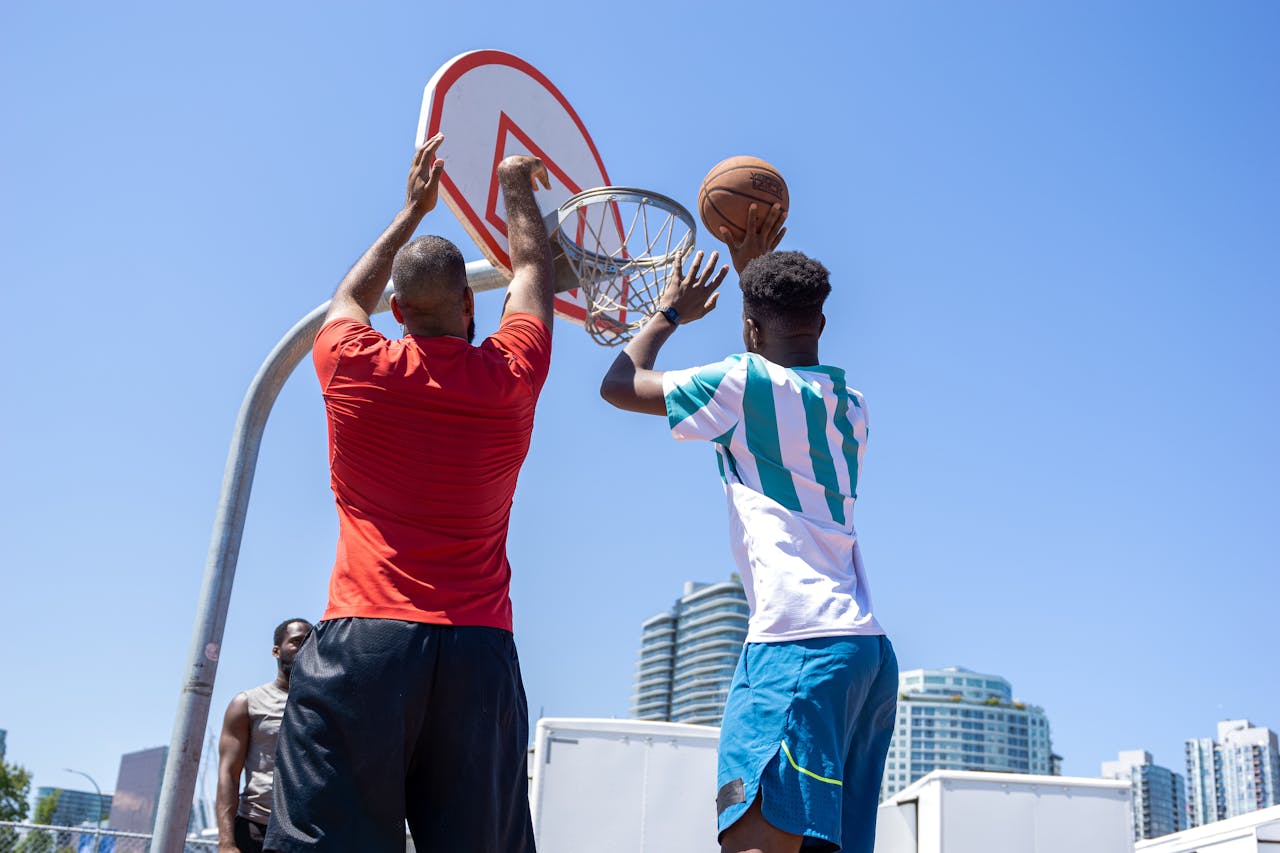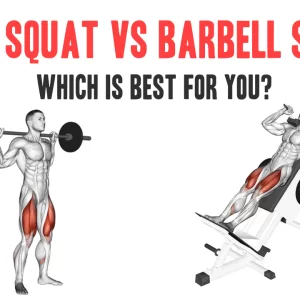Contents
You’ve spent years exploring the dynamic, fast-paced world of basketball, discovering that the secret to a slam-dunk performance isn’t merely talent—it’s rigorous training. You know that with the right basketball exercises, you’re not just refining your skills; you’re elevating them to new heights. Every drill, every workout, and every game is a step toward transformation.
Experts at Quiet Bounce believe that the key to success lies in consistent, focused training that pushes your limits and redefines what’s possible on the court. Get ready to take your game to the next level.
Understanding the Athletic Requirements of Basketball
Basketball requires a distinct set of athletic abilities, including agility, strength, and endurance.
Firstly, let’s examine agility—an essential attribute on the basketball court. Quick pivots, explosive sprints, and rapid direction changes are all routine movements in the sport. Such dynamic movements necessitate continuous training. Common exercises that aid in improving agility include ladder drills and cone exercises.
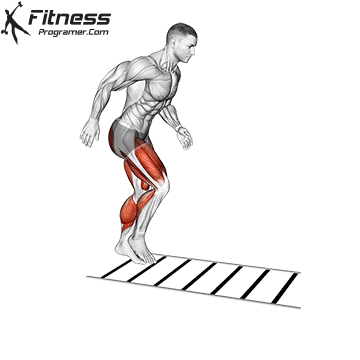
Secondly, there’s a clear strength factor in basketball. From maintaining stability during a drive to the basket, to battling for rebounds under the hoop, the sport demands a considerable level of strength. Fitness regimes like weightlifting, plyometrics, and resistance band training can help players generate the requisite strength.
Lastly, endurance plays a pivotal role—it’s the cause of the stamina maintaining your performance across all four quarters. Interval training and long-distance running can facilitate
improved endurance.
Alongside these athletic abilities, coordination and balance also play a critical role. You’ll find dribbling and shooting skills are significantly enhanced with better coordination, and the risk of injury is reduced with improved balance. Balance exercises and medicine ball training could be beneficial in these areas.
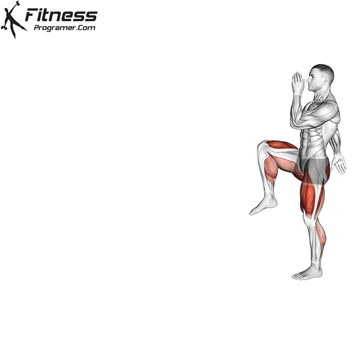
Additionally, the flexibility attained from static and dynamic stretching exercises can guard players against muscle strains and other injuries. Furthermore, recovery exercises, including foam rolling and yoga, also hold significance in maintaining athletic fitness, as they minimize the stress caused by continuous play.
It’s now clear that basketball is multifaceted—it challenges speed, strength, endurance, coordination, balance, and flexibility. Implementing an appropriate fitness regime targets the required athletic abilities, facilitating optimal performance on the court. To put it simply, the better your fitness, the greater your performance on the court. Remember, the finest players are not just talented—they’re supremely fit and well-conditioned.
Best Exercises for Basketball: A Comprehensive Approach
Cementing the relevance of a broad approach, it’s crucial we delve into some specific examples of exercises that target the main attributes needed for basketball. Bent to the task of improving agility, ladder drills make a top pick. These drills foster quick footwork, an essential skill when maneuvering around opposing players. Often, agility ladder drills including the in-out drill, lateral quickstep, and the Ickey Shuffle are favorites among basketball players.
Pivoting to strength, weightlifting forms a staple. Deadlifts, squats, and bench presses, for instance, help players develop power to drive the ball to the basket or hold defensive positions. Adding variety, kettlebell swings and dumbbell snatches also offer great strength conditioning.
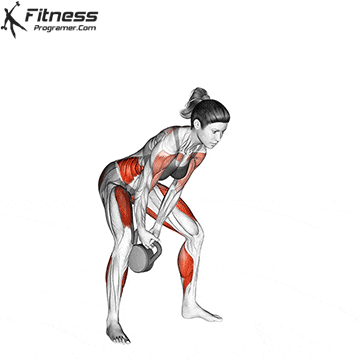
Moving beyond the weight room, interval training aids endurance build-up. Commonly used methods like high-intensity interval training (HIIT) or Tabata inspire immense levels of cardiovascular fitness. Quipping for success in late-game situations, these methods could save the day.
Balancing the equation, balance beam exercises come into play. These address both balance and coordination — two birds with one stone. Walking forward and backward on the balance beam, for example, zeros in on these aspects.
Stitching it together, remember flexibility represents another crucial component. Yoga, distinguished by poses like the warrior, downward facing dog, and pigeon, promotes flexibility. Embrace yoga sequences that focus on hip, ankle, and shoulder mobility to reduce injury risk and increase on-court fluidity.
Powering performance, a roundup of these exercises offers a holistic approach to basketball training. Incorporate them for a noticeable upgrade in agility, strength, endurance, balance, and flexibility. No magic, just disciplined training, and consistent effort can let basketball players reach their pinnacle of physical fitness. Make the drills your mantra and see the difference on the court.
Recommended Equipment for Basketball Exercises
Once you’ve acknowledged the necessity of incorporating various exercises into your basketball training routine, gathering the appropriate equipment is your next move. From sport-specific training tools to general fitness aids, here’s your go to gear list, ensuring the best outcome for your intense basketball exercises.
Jump Ropes: Ideal for cardiovascular warm-ups, jump ropes also enhance footwork and agility, all crucial for the high-speed movements in basketball.
Agility Ladders: This is useful for speed ladder drills that notably boost agility and coordination – truly significant skills basketball players can’t skip.
Weightlifting Equipment: This, consisting of barbells, dumbbells, weight plates, and kettlebells, aid in strength and power development, supporting those powerful leaps and sprints on court.
Balance Boards: Training on a balance board, you’ll improve body awareness and strengthen your core, providing stability during dynamic basketball movements.
Medicine Balls: These are opting for explosive strength training and plyometric exercises, upping your game by augmenting jump height and sprint speed.
Resistance Bands: Used for both stretch and strength workouts, resistance bands multi-functionality makes them perfect for increasing flexibility and working on muscle imbalances.
Bosu Balls: This half-dome shaped tool aids in balance training combined with a myriad of exercises that also benefit overall strength and stability.
Remember that this equipment isn’t merely a shopping list. It’s a step-by-step plan for improving your basketball performance, beginning with agility and foot coordination, then escalating the challenge with strength training, and finally focusing on fine-tuning balance and flexibility. It’s crucial to incorporate these tools into your routine, focusing on overall performance improvement rather than isolating skills. After all, basketball isn’t just about being fast or strong, it’s about being the most adaptable player on the court.
Effective Exercise Routines for Basketball Players
As a professional trainer, I’ve seen optimal results through certain effective exercise routines. These routines primarily feature a combination of agility drills, strength-building workouts, endurance exercises, balance enhancers, and flexibility training. They incorporate the recommended sports equipment earlier mentioned, creating a targeted and holistic approach.
Consider the following routines:
Plyometric Circuit:
This includes box jumps (12 reps), lateral jumps (10 reps each side), forward bounds (10 reps), and medicine ball throws (10 reps). These help increase strength, agility, and coordination.
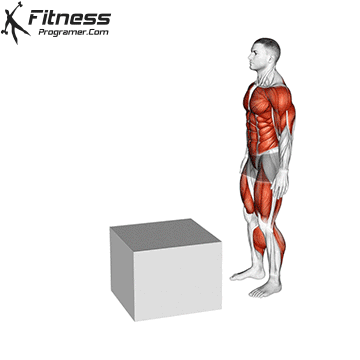

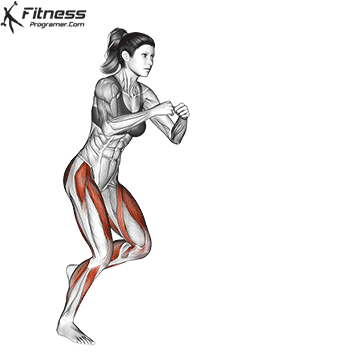
Strength Training:
Start with squats (12 reps), transitioning to deadlifts (10 reps), bench presses (12 reps), and then finish with push presses (10 reps). It’s crucial to include weightlifting equipment during strength training for maximum effectiveness.

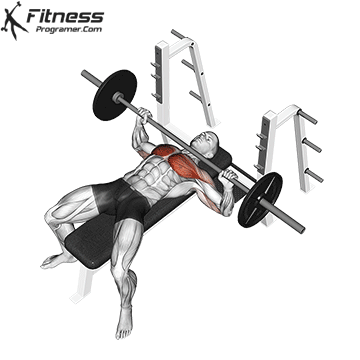
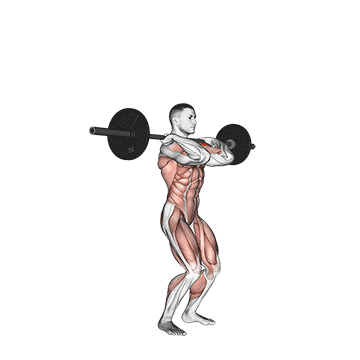
Agility ladder drills:
Zig-zag runs, lateral quick steps, and in-and-outs (10 reps each). Agility ladder workouts improve speed, agility, and footwork.

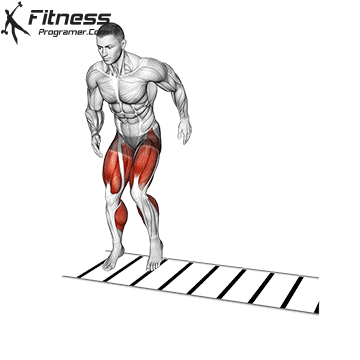
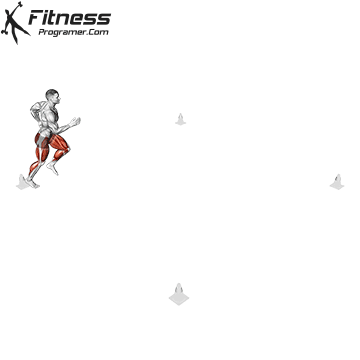
High-Intensity Interval Training (HIIT):
This primarily incorporates two minutes of jump ropes, 30 seconds of high knees, and 20 seconds of fast feet repeats (3 rounds total). HIIT enhances endurance and cardiovascular fitness.

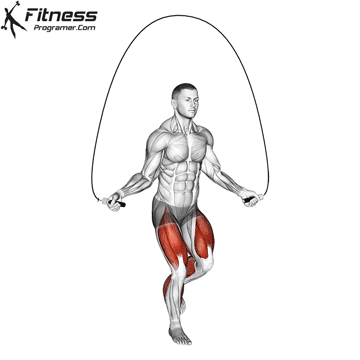
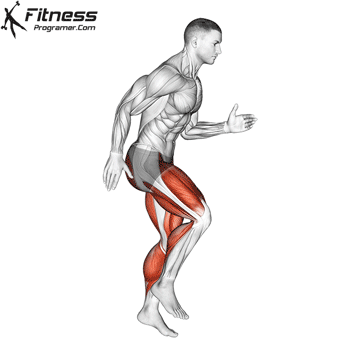
Balance and coordination exercises:
On a Bosu ball or a balance board, do squats (10 reps), bosu ball push-ups (10 reps), and medicine ball tosses (10 reps). These activities better balance, coordination, and core strength.
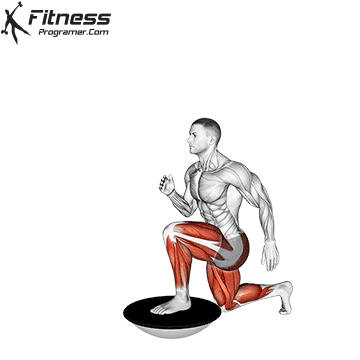
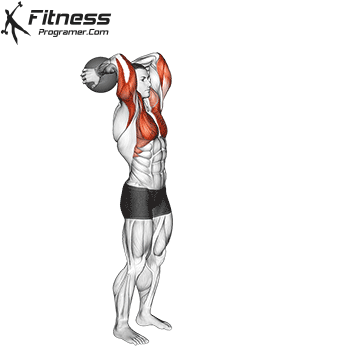
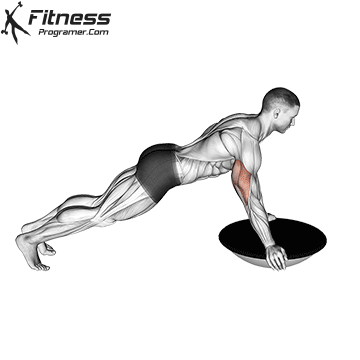
Yoga and Flexibility Drills:
Perform sun salutations (5 rounds), warrior poses (10 reps), and hamstring stretches (15 reps) to enhance flexibility and provide relaxation after strenuous routines.

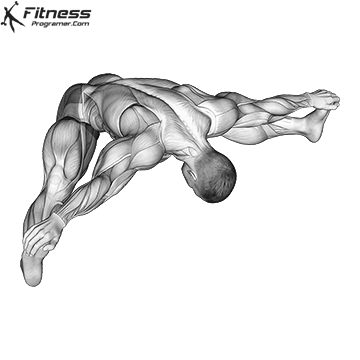
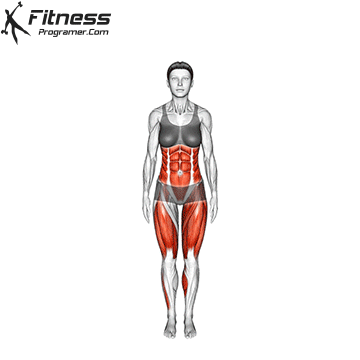
Remember, it’s always important to keep the duration, intensity, and frequency of exercises manageable. Excessive workouts can lead to injuries, negating the progress gained. Always ensure a well-rounded routine that caters to agility, strength, endurance, coordination, and balance. A mix of the above routines brings about holistic improvement in a player’s basketball game by addressing all the physical fitness aspects.
Understand that every individual player will have different fitness levels and abilities. Thus, adjust the routines to fit the player’s needs, periodically reviewing and revising the routines to match the player’s improving capabilities and keep the exercises effective and relevant.
Incorporating Nutrition and Recovery in Your Training
After all, increasing agility, strength, endurance, coordination, and balance isn’t about exercises alone. It’s also about enabling your body to recover and fueling it with the right nutrients.
In relation to nutrition for basketball players, it involves consuming a balanced diet that includes carbohydrates, proteins, and fats. Carbohydrates, like bread and pasta, offer energy for your workouts. Proteins — think chicken, eggs, and tofu — help in muscle recovery and growth. Fats, like avocados and nuts, play a key role in hormone regulation.
Further, hydration remains critical, especially during intense trainings and games. Drinking ample water combats dehydration, improves performance, and aids recovery. Sports drinks come in handy too, replenishing electrolytes and glucose lost in sweat.
Supplementing your diet?
It’s a consideration for some. Whey protein, creatine, and multivitamin supplements can boost energy and aid in muscle recovery. However, always consult a healthcare professional before starting any supplement routine, bearing in mind that whole foods remain the best primary source of nutrition.
Looking at recovery from training, adopting regular post-workout routines can lessen muscle tension and promote healing. Active recovery activities like light jogging or cycling, for instance, maintains blood flow and accelerates muscle recovery. Massages and foam rolling serve similar purposes, simultaneously soothing aching muscles.

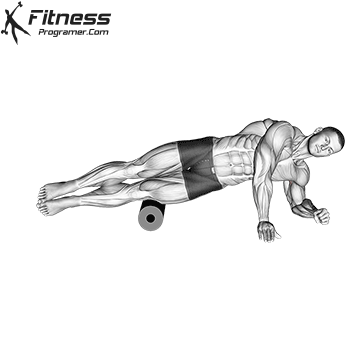
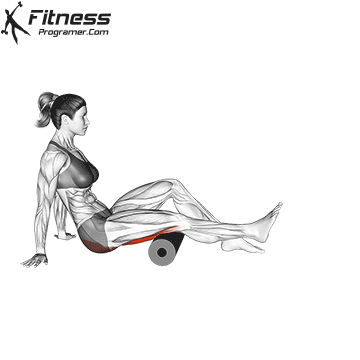
Listening to your body takes precedence too. If it’s telling you it needs a break? Don’t ignore it. Overworking leads to increased injury risk and hampers performance. Always incorporate rest days into your basketball training routine, providing your body needed time to heal and renovate.
Finally, adequate sleep tops off the recovery process. Aim for at least 7-9 hours nightly, as it aids in growth, recovery, and mental clarity. Clearly, paying attention to nutrition and recovery proves equally important as your exercise routine when it comes to enhancing basketball performance.
So there you have it. If you’re serious about stepping up your basketball game, it’s not just about the time you spend on the court. It’s about embracing a holistic approach to your training. You’ve got to hone your agility, strength, stamina and coordination with exercises like ladder drills, weightlifting and yoga. But don’t forget, your body needs the right fuel to function at its peak.
A balanced diet, proper hydration and the right supplements can give you that extra edge. And let’s not overlook recovery. Giving your body time to rest and recuperate is just as important as pushing it to its limits. Remember, the key to optimizing your basketball performance lies in balancing exercise, nutrition and recovery. Now, it’s time to get out there and make your mark on the court.

